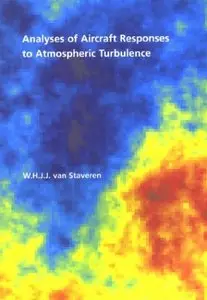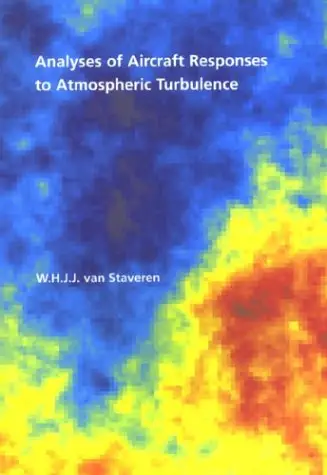Analyses of Aircraft responses to Atmospheric turbulence by W.H.J.J. Van Staveren
IOS Press | January 1, 2003 | English | ISBN: 9040724539 | 512 pages | PDF | 25 MB
IOS Press | January 1, 2003 | English | ISBN: 9040724539 | 512 pages | PDF | 25 MB
IThe response of aircraft to stochastic atmospheric turbulence plays an important role in aircraft-design (load calculations), Flight Control System (FCS) design and flight-simulation (handling qualities research and pilot training). In order to simulate these aircraft responses, an accurate mathematical model is required. Two classical models will be discussed in this thesis, that is the Delft University of Technology (DUT) model and the Four Point Aircraft (FPA) model. Although they are well estabilished, their fidelity remains obscure.
The cause lies in one of the requirements for system identification; it has always been necessary to relate inputs to outputs to determine, or identify, system dynamic characteristics. From experiments, using both the measured input and the measured output, a mathematical model of any system can be obtained.
When considering an input-output system such as an aircraft subjected to stochastic atmospheric turbulence, a major problem emerges. During flighttests, no practical difficulty arises measuring the aircraft motion (the output), such as the angle-of-attack, the pitch-angle, the roll-angle, etc.. However, a huge problem arises when the input to the aircraft-system is considered; this input is stochastic atmospheric turbulence in this thesis. Currently, during flighttests it still remains extremely difficult to identify the entire flowfield around an aircraft geometry subjected to a turbulent field of flow; an infinite amount of sensors would be required to identify the atmospheric turbulence velocity component's distribution (the input) over the vehicle geometry.





